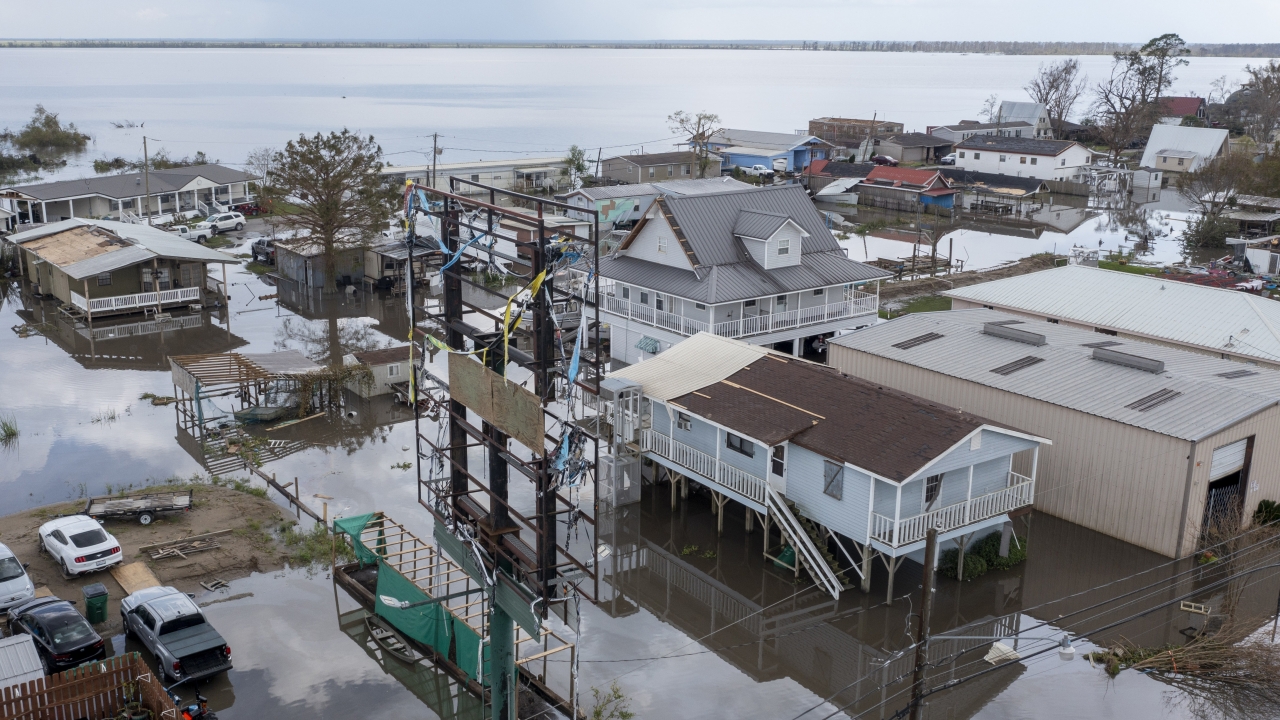A revamped U.S. flood insurance program going into effect this month will charge rates the federal government says better reflect a home's risk, a change that could mean higher premiums for coastal mansions and — for the first time — reduced rates for others.
The Federal Emergency Management Agency says its new formula means owners of lower-cost homes will no longer be subsidizing the flood risk for pricier, waterfront properties.
The FEMA program is often the only flood insurance available in areas vulnerable to hurricanes and heavy rains, such as Louisiana's Gulf Coast. The agency underwrites the policies, which homeowners can buy through private insurance companies.
Previously, rates were based largely on a property's elevation and whether it was built in a designated flood zone, which FEMA defines as having a 1% chance of being flooded in any given year. But many experts say that didn't accurately capture flood risk, noting many communities damaged in recent hurricanes were not in such areas.
The new program takes into account different kinds of flooding that can damage property — including overflow from a river, storm surge, coastal erosion and heavy rainfall — as well as how far a home is from a water source.
Another new factor: the estimated cost for rebuilding after damage. Since smaller homes cost less to replace, FEMA says the change will lead to fairer pricing.
About 3.4 million single-family homes have policies under the FEMA program, which also serves businesses and renters. The average annual premium is $739.
Under the new program, about 625,000 single-family homeowners will see their rates decline, which hasn't happened before in the program's more than 50-year history. Rates for the rest will stay about the same or go up, according to FEMA. Increases are limited to 18% a year.
Most of the rate hikes in the first year won’t exceed $120, though about 3% of policies will go up by more than $240 and keep rising until a new target price for the plan is reached.
But the total cost for a single-family homeowner can no longer exceed $12,125, a cap that could bring relief to some. Previously, the highest premium was $45,925.
Coastal areas in California, Florida, Louisiana, New Jersey, New York, South Carolina and Texas will see the biggest changes.
The new pricing method — known as Risk Rating 2.0 — takes effect Friday for new policies. Existing policyholders will see changes in April, but those up for renewal can apply for lower rates right away.
Additional reporting by the Associated Press.


